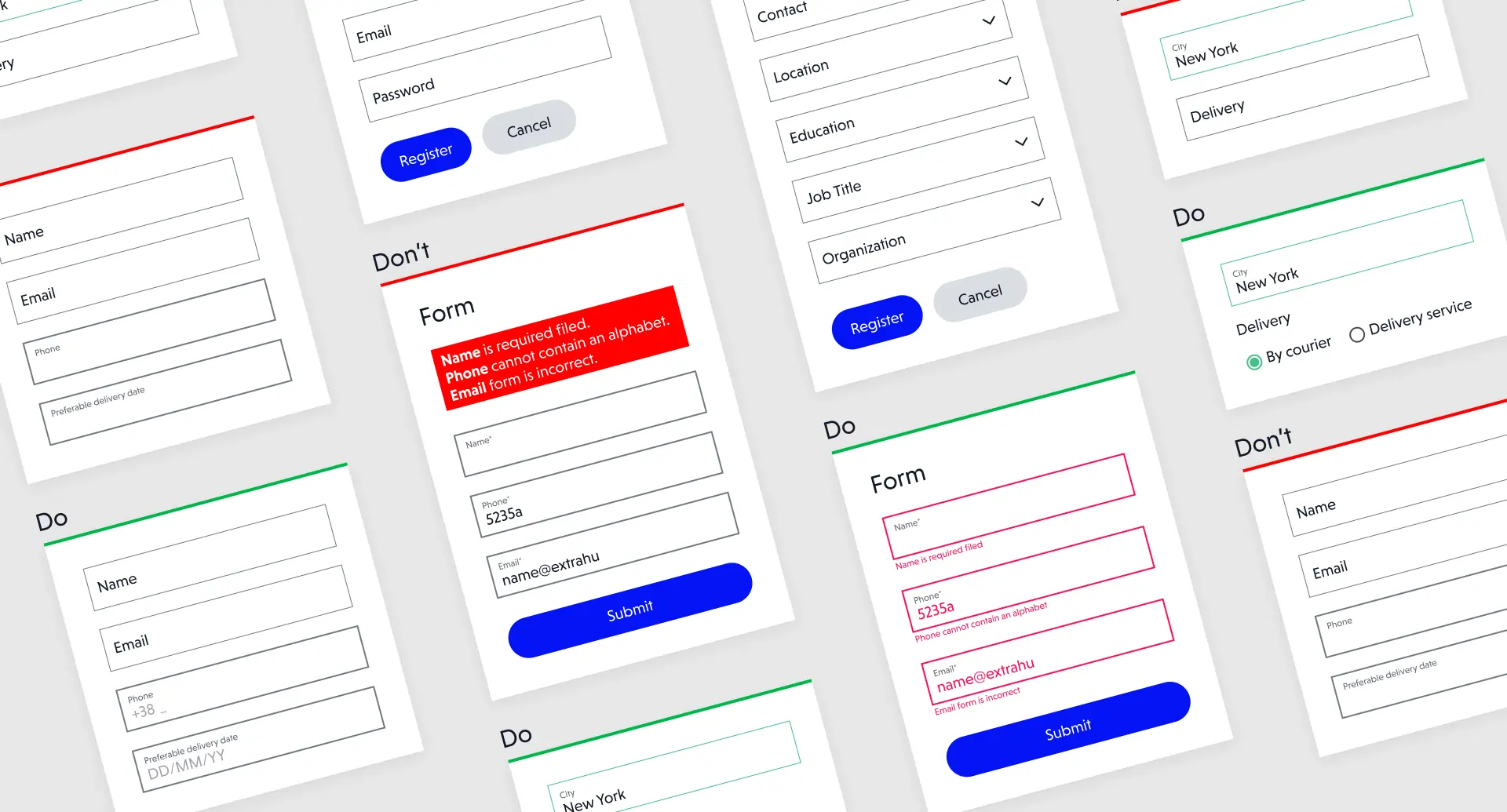Style is everything. Even if you lack substance, your design will convince your contemporaries, entice your clients, as well as provide real-time and financial benefits to your company.
There’s no time like the present to begin your reign of UX and UI power. We can’t emphasise this enough – and yet people still don’t seem to get the point. The only way to get this done is to implement an excellent, compelling, and communicative style guide.
I won’t explain the meaning of the style guide in exhaustive detail. For that, you’ll need to see some of our other articles! But I will give a brief overview. These documents are the leading publication outlining quality, principles, and instruction for presenting your brand. In a nutshell, its job is to keep content consistent, sensational, and upholding its recognisable quality.
Why Your Business Needs It
In short – the style guide provides order and consistency that’s needed to keep your brand, UX, and UI unique. More importantly, it’s designed to help you keep it that way too!
The only way to speak through the noise is through a single, confident voice. By consolidating your ideas and directions into one – you’re taking the first step towards unifying all content within the context of your brand.
There are no immediate consequences to a lack of a style guide. Instead, you’ll struggle, waste resources, and slip into obscurity. It’s a blunt prognosis – but if you fail to plan, then – you know the rest…
Branding Greatness
The style guide has a highly functional role in marketing, mainly designing a unique user interface and developing a solid user experience. Think of it as the figurative backbone of your brand’s entire UX and UI strategy. This document is there to ensure quality is at a set standard. No matter which types of designers work with your company, or if your UX design lead suffers amnesia, this document will contain the guidelines necessary to continue development and make it easier to work on new features.
Its job is to survive any eventuality and maintain continuity of ‘glory’. In more profound terms, it’s a benchmark for any future ideas and acts as a base for consistent website content. It also provides crucial instructions for developing website typeface, colour schemes, and designing new site modules. The tool shares a set of rules for UX/UI designers and the developers, enabling each developer to have a ready base of reusable elements.
Drive Content Engagement
Your teams want to be creative – make no mistake about it. But too much freedom can hold you back too. Your style guide should, and will, provide the right amount of structure to make sure teams explore their creative potential. Of course, now, they’ll have a set framework meaning they’ll continue to create compelling content, all the while remaining in line with your brand experience. Boundaries are good – within reason.
Keep Consistency
A strong brand message needs a committed and free-flowing line of communication to the outside world. Audiences respond well to consistency, and the Style Guide provides direction on how to do that. Brands take time to build, and even slight deviations can have knock-on effects on the further development of your brand direction. A thin strip of blue on the image carousel, flashing cursor tool, or a far-corner orange shadow – any protruding elements can work. Still, they need a documented conviction that verifies their role in your brand’s organic growth.
Design teams may work extensively on a website, brand, or campaign but will always need a style manual. That’s because the longer we work on a project, the more we will rely on guidelines to build a digital product. In time, you’ll be able to produce compelling content faster and more effectively, thanks to their published standards.
Build a Long-Term Culture
Your job is to foster a healthy creative environment, with standards and schools of thought that encourage good design practices and consistent messaging. These contribute to the mission and vision of your brand – that can only be supported through an efficient design process.
Look around you. The creative and development teams you see will change – and hopefully grow. Your most experienced creators will know which inputs and elements to include in a project. But many unfamiliar team members will need a technical tool to ensure understanding in the future. Use your style guide to ease the onboarding process, identify best practices and specific elements such as buttons, images, and more.
Your UX and UI development teams will thank you. And that includes new designers, copywriters, to marketers. Even the ‘higher-ups’ will appreciate a look into this document.
Badge of Honour
For promotional purposes, it’s vital to underscore your sales and marketing materials with this official guideline. When clients, investors, and prospective clients research a company, they look at the peripherals too. That means, no matter how much face time the sales team get – you can bet your top dollar that they’ll have a team behind the scenes, carrying out diligent detective work.
A style guide will survive scrutiny as your secret weapon. It will demonstrate, without justification, your commitment to quality and structure. This tool is itself a standard-bearer of your design practices and could mean the difference between signing a client and ‘almost had it….’
Who Will Use It
Think of everyone at your company. That’s your target market for your style guide. It’s a tangible internal tool that will support your UI and UX objectives. That’s why this resource must be written for anyone to understand.
A demonstration of your company culture and commitment to good practice is the primary strength of this document. At the very least, it’s a window into your unique design culture.
Thanks to a robust style guide, you can keep your UI and UX design approaches under control and ensure design elements behave to your specifications. Clients will appreciate the evidence of your commitment to good practices, whereas your legacy will live on.
If that isn’t a mark of respect, then I don’t know what is!





